The South Korea-born violinist-violist describes a hectic week of summer practice and festival performances in our August 2016 issue

Read more Featured Stories like this in The Strad Playing Hub
This article was published in The Strad August 2016 issue
Monday
It is 1am and I’m stuck at the airport: my instrument isn’t allowed on the plane. The airline agent finally finds me a new flight – but it doesn’t leave until 8am. I go to the nearest hotel to sleep, then get up at 5.30am to practise some basics: firstly open strings with even bow pressure throughout each stroke, trying to feel as though the bow is part of my body.
Next I work through Ševčík’s op.1 no.1 first-position exercises, thinking about the energy I need to lift and drop my fingers. I listen for pure intonation and get into a Zen state of mind, but I have to move on to my Carl Flesch scales: I don’t have much time. When I’m tired, I tend to use too much force; I notice that I’m not releasing my hand as I shift, so I focus on that.
After my flight, I drop off my luggage and go to a Haydn trio rehearsal (violin) and then another for a Brahms Sextet (viola), which lasts into the late afternoon.
Later I practise Bach’s Partita no.2. I record myself, listen to the recording, then try to shape my phrases more coherently. I also play through Ernst’s Erlkönig, Ysaÿe’s Sonata no.5, some folk pieces, and Biber’s Passacaglia, where I have to work on keeping a constant pulse.
Tuesday
This morning is the dress rehearsal for the Haydn. In the break I work on Biber, thinking about pulse and the bigger musical picture. The Brahms Sextet dress rehearsal is next, until mid-afternoon.
Back at home I practise Bach’s Partita no.2, thinking about how to group the notes in the Gigue, and how and where to use my fourth finger. In the Sarabande I work on bow and weight distribution; in the Courante I place different weights on the dotted rhythms and triplets. Finally, in the Allemande I notice that I’m forcing the sound, so I try to let my strings resonate.
After tonight’s concert I mean to do more practice, but instead I have a text-message ‘meeting’ with my quartet until the wee hours, to set pieces for our next season.
Wednesday
Today I warm up on the viola, with scales in every key, starting with C major and working upwards. Then I move on to Bach’s Fourth Suite in E flat major, before looking at Beethoven’s Piano Quartet in the same key. The weather has changed and I am having problems with wolf notes. I try to focus the sound and change my intonation so that the pitches are pure and the phrases feel natural.
After I’ve practised Mozart’s String Quintet in G minor on my viola, I have a dress rehearsal of Bach’s Partita no.2 on the violin. Two run-throughs of Bach have been taxing; I take a pre-concert nap.
Thursday
This morning the rehearsal is at my place, so I warm up in a leisurely manner with scales, Bach’s Third Suite and a Mozart duo. Then I have Mozart Quintet and Beethoven Quartet dress rehearsals. I rest before the concert, then allow myself to enjoy the after-concert party – a rare treat.
Friday
This morning I drive as fast as I can to my rehearsal, so that I can warm up first. My Mozart duo partner is late, so I practise scales and Bach’s Sixth Suite for an hour.
After the rehearsal I work on some of the emotional aspects of Biber’s Passacaglia, looking at the high and low points of the piece. I also practise Enescu’s Impressions d’enfance, absorbing his instructions into my thoughts as much as possible; then a fiddle piece by Mark O’Connor, which has scordatura tuning, Ysaÿe Sonata no.5, the Ernst, and the Berg Violin Concerto.
The Mozart concert goes well. I don’t do any more practice tonight.
Saturday
Today I have to pack, practise, rehearse and play in a concert before travelling to another festival. I focus on the Ernst, then load my car with luggage and head to my next dress rehearsal. The venue is reverberant, so I need to play clearly and concisely. Next I return to the Ernst, setting my metronome at 𝅘𝅥 = 40. Two notches at a time, I take the speed up to around 𝅘𝅥 = 160, making sure that my arm isn’t getting tenser. No matter how slow or fast I play, I think about music, beauty, and emotion: it always makes difficult technical passages flow more easily and naturally.
After an exciting performance, I load up my car and drive to the next festival – and it all begins again
Read: Yura Lee named EnsŠ String Quartet first violinist
Read: Musician ‘kicked off’ United Airlines flight for attempting to stow her violin safely
Read more Featured Stories like this in The Strad Playing Hub
The number one source for playing and teaching books, guides, CDs, calendars and back issues of the magazine.
In The Best of Technique you’ll discover the top playing tips of the world’s leading string players and teachers. It’s packed full of exercises for students, plus examples from the standard repertoire to show you how to integrate the technique into your playing.
The Strad’s Masterclass series brings together the finest string players with some of the greatest string works ever written. Always one of our most popular sections, Masterclass has been an invaluable aid to aspiring soloists, chamber musicians and string teachers since the 1990s.
American collector David L. Fulton amassed one of the 20th century’s finest collections of stringed instruments. This year’s calendar pays tribute to some of these priceless treasures, including Yehudi Menuhin’s celebrated ‘Lord Wilton’ Guarneri, the Carlo Bergonzi once played by Fritz Kreisler, and four instruments by Antonio Stradivari.


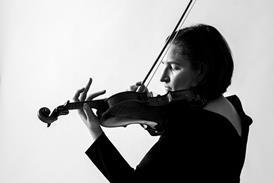
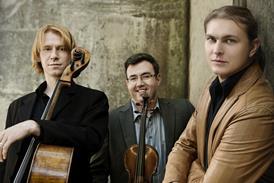


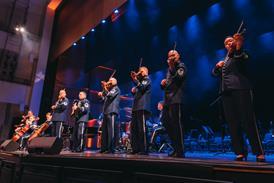
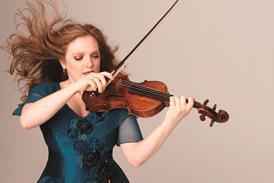







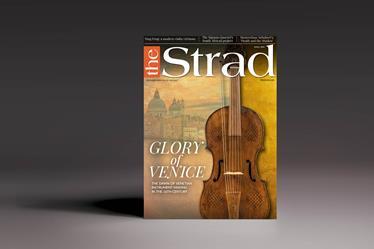



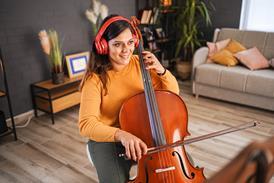


















No comments yet